Years ago, when I was a young punk just getting into the idea of personal mobility, an old mechanic succinctly explained to me how pneumatic tires work: “It’s the air, stupid!”
Turns out that blunt lesson delivered with a little spray of his Copenhagen chew from between his teeth was absolutely correct. The tires don’t really carry the load—it’s the air.
Take the air out of the tires, and you don’t have a functional vehicle. Tires become misshapen lumps that make it tough to even push, let alone ride, your bike. That superbike of yours moves from road rocket to “disabled vehicle.” Inflate the tires to the correct psi, kPa, or bar, and you have your freedom back.
So, what, exactly, is the correct tire pressure for motorcycle tires? The succinct, but less than satisfying, answer to that one is, “It depends.”
The best answer is whatever the motorcycle manufacturer says it is. However, the type of tire can lead to big differences in what that number may be. For example, those big, fat tires on the ATVs and UTVs are often low-inflation types that may be correctly inflated with only 2 to 10 psi in them. On the other end of the spectrum, some small diameter trailer tires may call for up to 60 psi. Typically, street motorcycle tires are in the 28 to 40 psi range.
Another factor is the anticipated load conditions and road conditions. The manufacturer may recommend slightly increased tire pressure for heavy loads (see the image). So, if you’ve got the saddlebags, tail bag, tank bag loaded to the max, and are planning to ride two-up, check your manual or the motorcycle for a label that provides information for that riding situation.
Under-inflated tires can run hot and, if the ambient temps are high, temperatures in the hull of the tire can soar. The combination of sidewall flexure, high heat, heavy load, and high speed can lead to a blowout.
There are more than 50 standard units of measure for pressure. For the purposes of measuring air pressure in your tires, we really only need to think about three: psi, bar, and kPa. Most know psi is pounds per square inch, while bar means atmospheric pressure at sea level (100 kPa), and kPa being kilopascals (1000 pascals). Type the conversion you want into your Google search box, and the answer appears. Sites such as UnitConverters have a more comprehensive range of unit choices.
Which unit will be most common for the specifications on your tire’s inflation depends on where you live, where the tires were manufactured, and under which standards. In North America, psi is the most common. That said, when picking out a tire pressure gauge, it may be handy to think about getting a digital pressure gauge that offers all three scales, such as the Digital Sport Tire Gauge from Slime.
Most of the pencil-style mechanical pocket gauges provide psi and kPa, while most of the dial-indicator gauge types are either psi only or psi and kPa.
Just a word here about gauge accuracy. In my experience, which dates back to just after the third global extinction event, pressure gauges that are all plastic and cost very little tend to have the widest variations (5 to 8 psi high or low) in readings when compared to more than one metal-body unit such as those shown on the left in the image.
Accuracy and precision are not the same. Accuracy is how close the reading the gauge gives you is to being the actual pressure. Stated another way, it is how far off the reading is from the true pressure, plus or minus, on any given reading. Precision is the degree to which the gauge can reliably and repeatably measure in units—that is, can it read down to fractions of psi, or a single pound per square inch, or is the smallest degree of precision that can be read off the gauge only to the nearest five pounds per square inch. How accurate are the gauges in the hose at the gas station? Well, that’s anybody’s guess. I always double-check with my own gauge.
How accurate are the gauges in the hose at the gas station? Well, that’s anybody’s guess. I always double-check with my own gauge.
Also, how low can the instrument reliably measure pressure? Some simple pencil-style pocket-size gauges have a scale that starts at 10 psi. This matters if you have a bike that air-adjustable suspension elements that must not be inflated to a pressure greater than 6 psi, as is the case in the compression damping adjustment in the forks of my 1984 Honda VF1100S. Over-pressurizing the forks can cause damage that is a pain to fix. So, if you have suspension or tires that require such precision, you will want to consider spending the extra money on a high-precision gauge.
Precision and range also matter. An air-adjustable fork, such as on the Honda VF1100S, must not get more than 6 psi.You may have a motorcycle with tire pressure monitoring systems (TPMS), either factory-installed such as a Honda Gold Wing Tour or retrofitted (Blu Technology Products and others), those are great.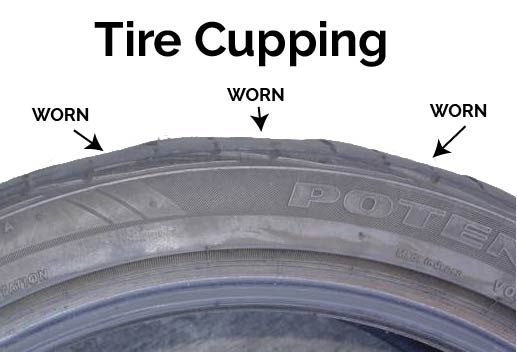 But, they are not infallible.
But, they are not infallible.
Carrying a pressure gauge along with you is still a good idea because, if your bike is starting to handle like you’re riding in a banana cream pie, but the TPMS still says all is well—you might want to stop and get a second opinion.
An angled valve stem, such as this one on a Sportster, can make tire inflation a little easier.
Another consideration is where the valve stem is on your bike and what contortions you and your gauge may have to go through to get at it. Somebody was thinking when they designed the rims for my Harley-Davidson Sportsters with a valve stem that is angled out to make getting a gauge and air hose fitting on it a little easier. On other motorcycles, such as the Road King, for example, the rear rim may have the valve stem vertical and with the brake disc, exhaust pipe, saddlebag, and low clearance of the rear end, that makes it a pain to even see, let alone get a gauge and filler nozzle on the valve stem.
Difficult access to the valve stems, as in this example, should be considered when picking out your gauge and compressor equipment.
If you have your own compressor, having an extension with an angled head can help with getting at some valve stems, but in some, it’s just plain going to be a pain. No matter, though. The pain of that kind of inconvenience is very minor compared to that which results from an under-inflation blow out miles from home or poor traction caused by over-inflation.
For more info on motorcycle tires on UltimateMotorcycling.com, see:
Sorting Motorcycle Street Tires
Motorcycle Tire Safety Standards Explained
Top 10 Things to Know About Motorcycle Tires
MIC Releases Booklet and Video on Motorcycle Tires
When it comes to tire pressure, you must know that it is highly influenced by the temperature of where you are riding your motorcycle.
This is mainly because when traveling on a hot-tempered road, the tension in the motorbike tire tends to rise. And as a result, the recommended pressure for each motorcycle varies depending on the temperature.
So, what is the tire pressure recommendation for Harley Davidson motorcycle, you may ask? It is said that when the weather is cold, the suggested standard tire pressure for a Harley Davidson motorbike is 36 psi in the front, and 40 psi is said to be for the rear side.
However, in a hot area, values can be as low as 32 psi for the front tire and as high as 36 psi for the back tire. The temperature matters a lot when choosing the right tire pressure.
You need to know that the tire pressure might also depend on the Harley Davidson bike you have and ride. To find out more, it will be best for you to read until the end.
So without delay, let’s get into it.
The air pressure your motorcycle needs will entirely depend on the Harley Davidson motorcycle you ride.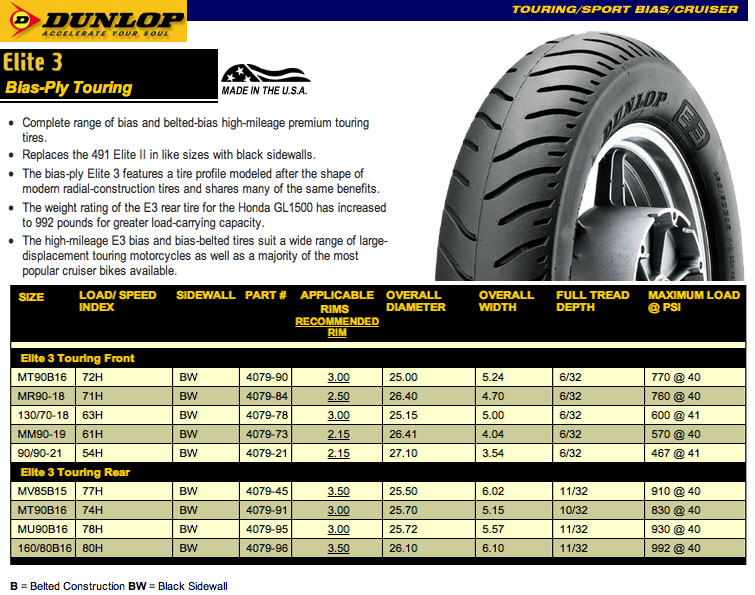 It is worth mentioning to determine the accurate tire pressure for your motorbike model.
It is worth mentioning to determine the accurate tire pressure for your motorbike model.
It will be best for you to search for the sticker or a logo on the shocker, which will state the appropriate pressure for your Harley Davidson model.
It’s important to be knowledgeable about this because the PSI pressure indicates there is a precise temperature. The temperature level mentioned there would be appropriate for either cold or hot weather.
If your Harley Davidson bike suggested tire pressure is for cold weather when the weather surrounding you is warm, consider inflating your tire pressure around 4 PSI lower than the suggested tire pressure.
Moreover, if your Harley Davidson’s front tire is advised to be 36 psi, whereas the rear tire is suggested to be 40 psi in cold weather, you must inflate the tires to 32 pressure for the front tire as well as 36 psi for the rear tire.
This would be the opposite case when the weather is hot. Do keep in mind that if the recommended tire pressure is for a warm climate, but the weather outside is cold; try inflating your tire with an additional 4 PSI.
For instance, if 32 PSI is allowed for the front tire whereas 36 PSI is said for the rear tire on the Harley Davidson prototype, and the rubber is cold, you can inflate the tire higher than 36 PSI for the front tire and but for a rear tire, it can be more until 40 PSI.
Here I’ll list a few Harley Davidson models and their recommended tire pressures so you can get a better idea of the situation. If you possess one of the models listed, you can easily follow the instructions.
| Model: | Front: | Rear: |
| Harley Davidson Iron 883 XL883N | 36 PSI | 42 PSI |
| Harley Davidson 1200 Roadster XL1200CX | 36 PSI | 42 PSI |
| Harley Davidson Forty-Eight XL1200X | 36 PSI | 40 PSI |
| Harley Davidson SuperLow XL883L | 36 PSI | 42 PSI |
| Harley Davidson 1200 Custom XL1200C | 36 PSI | 40 PSI |
| Harley Davidson Iron 1200 XL1200NS | 30 PSI | 40 PSI |
| Harley Davidson SuperLow 1200T XL1200T | 36 PSI | 42 PSI |
| Harley Davidson Forty-Eight Special XL1200XS | 36 PSI | 40 PSI |
The tire that the Harley Davidson Motorcycle is employing and the present temperature and pressure level all play a big role.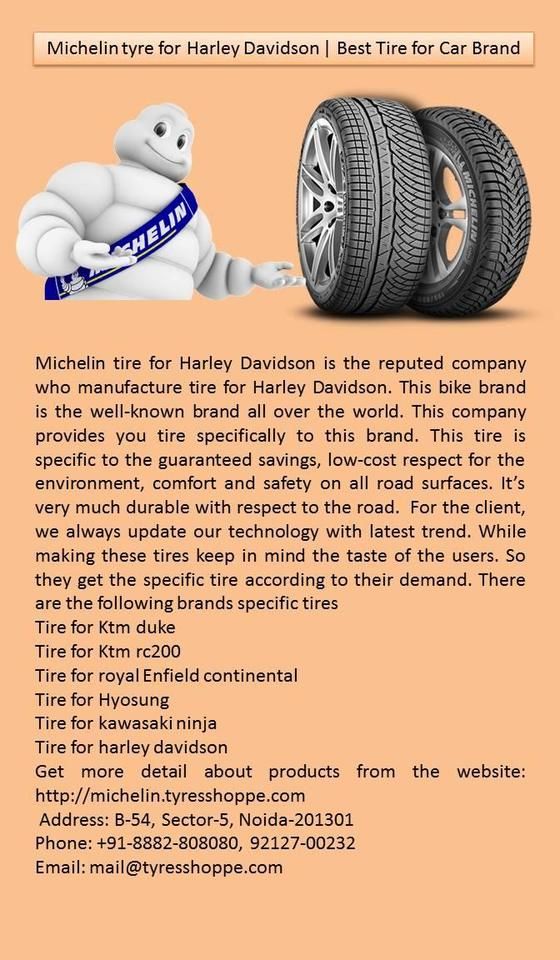
If the temperature changes dramatically and your Harley Davidson Motorcycle tires have a dangerous PSI level, the possibility of a tire exploding will rise.
If you are concerned about tire pressure, please contact a Harley Davidson Motorcycle seller close to you.
They will simply suggest the ideal tire pressure for your Harley Davidson Motorcycle model, and this is the simplest and most reliable approach to get the accurate level of tire pressure for your Harley Davidson model from a reliable authority.
Since tire pressure has a straightforward impact on the motorcycle’s handling qualities, stunt motorcyclists frequently under-inflate their tires.
It is highly recommended for stunt riders and wheelie enthusiasts, but do keep in mind that it mainly depends on the weight of the motorcycle. They usually keep their motorcycle tire PSI between 15 and 25.
It is also worth mentioning that the somewhat lower PSI enables a more pleasant wheelie trip, but do keep in mind that it is not suggested for daily riding and longer hauls.
Harley Davidson Insurance is required to safeguard the rider and the motorcycle.
Because only a small area of the motorcycle’s tires engages it to the road, they must be kept in good working order for maximum performance and safety on the road.
So with that being said, here is Harley Davidson tire care. Make sure to read the tips that are recommended down below.
Many riders are unaware of the need to check tire pressure. It is known to be the most basic safety insurance to take.
“One of the most crucial tire-maintenance activities a rider can undertake is checking tire pressure”, said Steve Bindi, an H-D Product Portfolio Manager.
Tires that are appropriately inflated last longer, have sufficient braking, have better gas mileage, have more grip, and have a lower chance of destruction and failure.
Remember that when the tires are cold, professionals advise examining the pressure before every ride. To ensure reliable readings, utilize gauges built mainly for motorcycles.
To ensure reliable readings, utilize gauges built mainly for motorcycles.
Unnecessary motorcycle loading can lead to tire breakdown and inability to control. According to Motorcycle USA, every four PSI that a tire is under-inflated loses more than or around 80 lbs of weight carrying ability.
Before embarking on the journey, double-check that the number of passengers, appliances, and baggage does not surpass the load barrier.
Cuts, nails, and various other sharp and pointed elements commonly become lodged in tires while traveling on the road. As a result, tire pressure may be impacted, resulting in greater tire wear.
Keep in mind that worn and damaged tires cause bad performance, traction failure, and control loss, which can put your and many others’ lives in danger on the road.
Contact an authorized Harley Davidson dealer right once to avoid more destruction if there is any obvious harm.
According to Motorcycle USA, it is said that Harley-Davidson has teamed up with Dunlop as well as Michelin to manufacture Harley-Davidson co-branded tires that are entirely manufactured and tested, as well as authorized to ensure the best execution.
These specialized tires are critical to the Harley Davidson Motorcycle’s performance and longevity and should be used regularly.
In most circumstances, over-inflation is evaluated when the tire pressure is 6 PSI higher than Harley Davidson’s approved tire pressure.
The law of equilibrium states that pressure or tension is directly proportional to the temperature level. This implies that as the temperature increases, the pressure also increases.
If the existing tire pressure is greater than 7 to 8 PSI above the suggested tire pressure for the Harley Davidson Motorcycles, then that PSI level is deemed unsafe.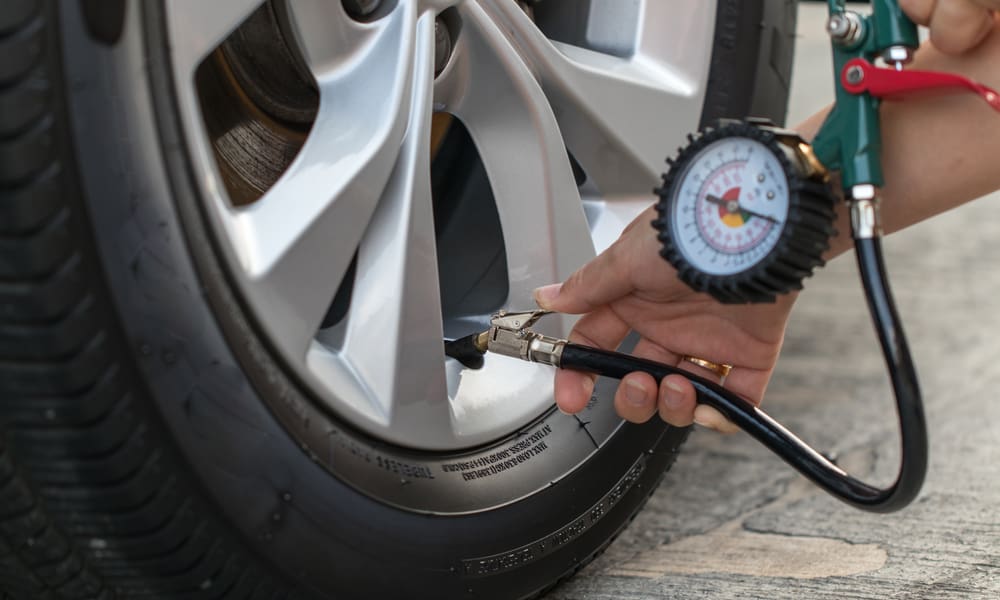
Pressure varies with temperature, as you may know by now. As a result, anytime the temperature increases, so does the pressure.
So, if the tire pressure is 36 PSI for the Harley Davidson Motorcycle and the weather randomly increases, the 36 PSI tire pressure may bounce up to 40 PSI.
I hope you’ve learned everything there is to know about tire pressure recommendation for Harley Davidson Motorcycle.
Keep in mind that the information in this post was compiled using a combination of studies and research to offer you a thorough overview and all of the information you require in one convenient setting.
Tire pressure varies for many reasons, and if you want accurate pressure, it is best to check your Harley Davidson motorcycle model, the type of tires you have, the temperature around you, and much more.
If there are still some things you are unsure about, then it will be best for you to consult a specialist or a dealer of Harley Davidson so you can get all your answers and make a careful decision.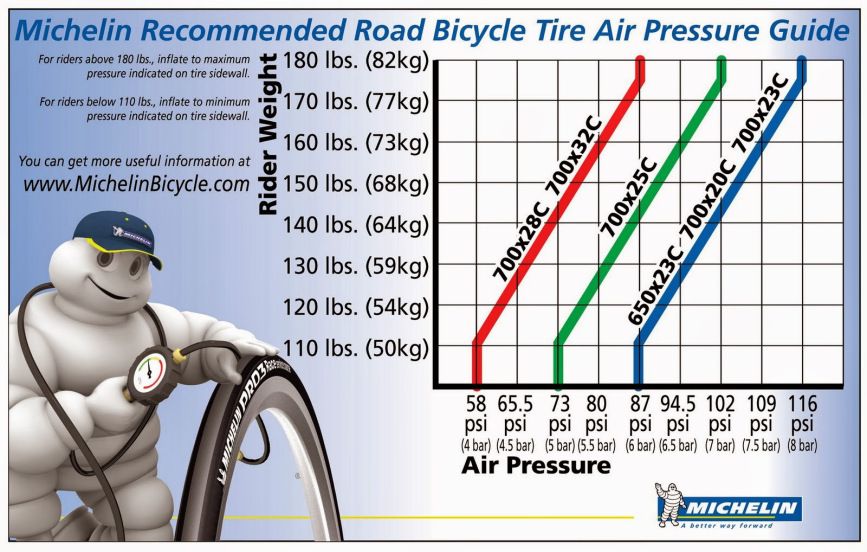
Pressure in wheels
The calculator is in test mode! Found an error in the indicators or want to leave suggestions, please send via the feedback form on the Feedback page or the VK group! Errors with evidence base (photos, screenshots, links) are accepted! All information presented on the site is for informational purposes only! Thanks for understanding!
 2
2  4 2.4 2.4 2.4 2.4 2.URE
4 2.4 2.4 2.4 2.4 2.URE 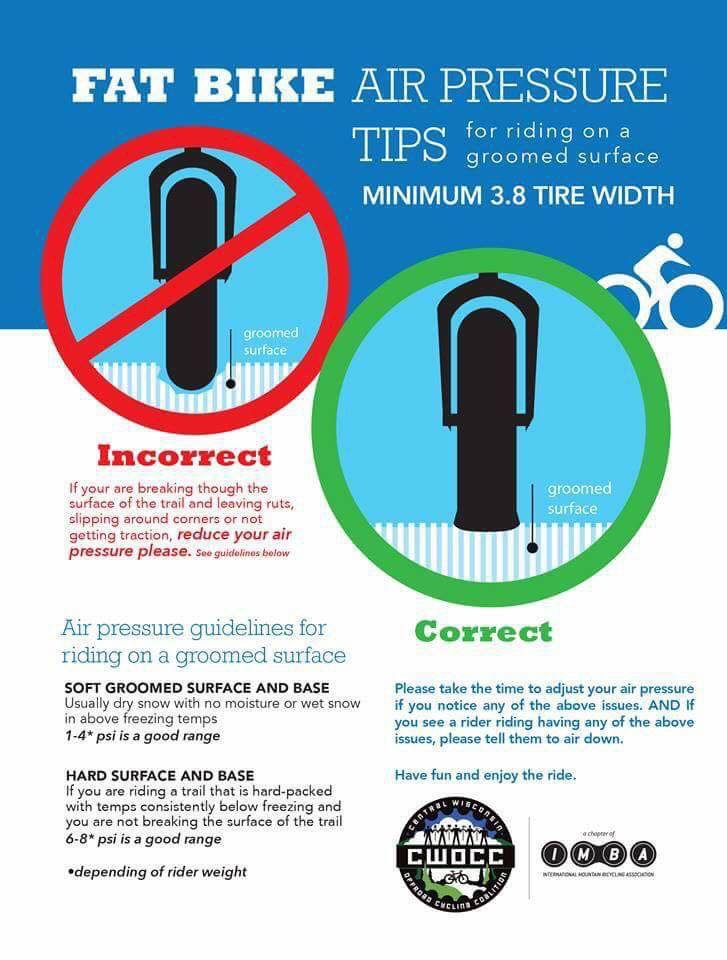 3
3  3
3  2
2 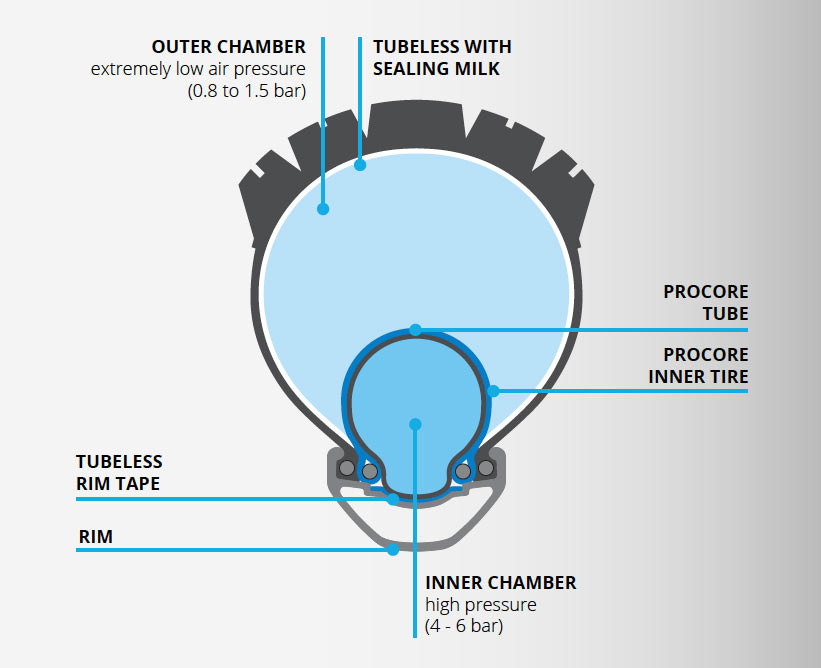 2
2
Useful articles0002 ATV tires, marking and deciphering
Useful life hacksThe legend is back in fashion - Nokia 3310
The return of the iconic Nokia 3310, which has become a symbol of . ..
..
Smartphone holder with wireless charging function
Unique car holder for smartphone with ...
Introduction
What is the pressure in motorcycle tires?
How to properly set tire pressure?
What is the result of under/over pressure in motorcycle tires?
Conclusion
The safety and reliability of riding a motorcycle depends not only on which tires are used, but also on what level of pressure is maintained inside. It is very dangerous to treat this carelessly. And why and how to correctly calculate the pressure in motorcycle tires - read our article and find out.
Air, like any substance, expands when heated and contracts when cooled. This is also true for motorcycle tires - when hot, one level of pressure is maintained inside the tires, and when it is cold, it is completely different.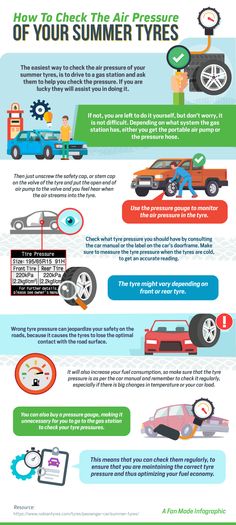 Tire pressure is important, as it is responsible for the most important characteristics for any bike - both scooter and sport enduro:
Tire pressure is important, as it is responsible for the most important characteristics for any bike - both scooter and sport enduro:
Handling and maneuverability on dry and wet surfaces;
The size of the contact patch is directly responsible for traction;
Suspension workload;
Fuel consumption;
Wear resistance.
In short, only correctly inflated tires can do their job well - to maintain contact with the track and not lose it throughout the entire trip. Any deviation from the norm (lack or excess of pressure) is fraught with unpleasant consequences.
Front and rear tires should have different pressures and this is important to understand before handling the pump. The owner's manual of any bike always indicates the optimal pressure for cold tires, so if you measure the indicators immediately after the ride, do not be surprised that the pressure gauge will show different values - the air inside has warmed up and expanded.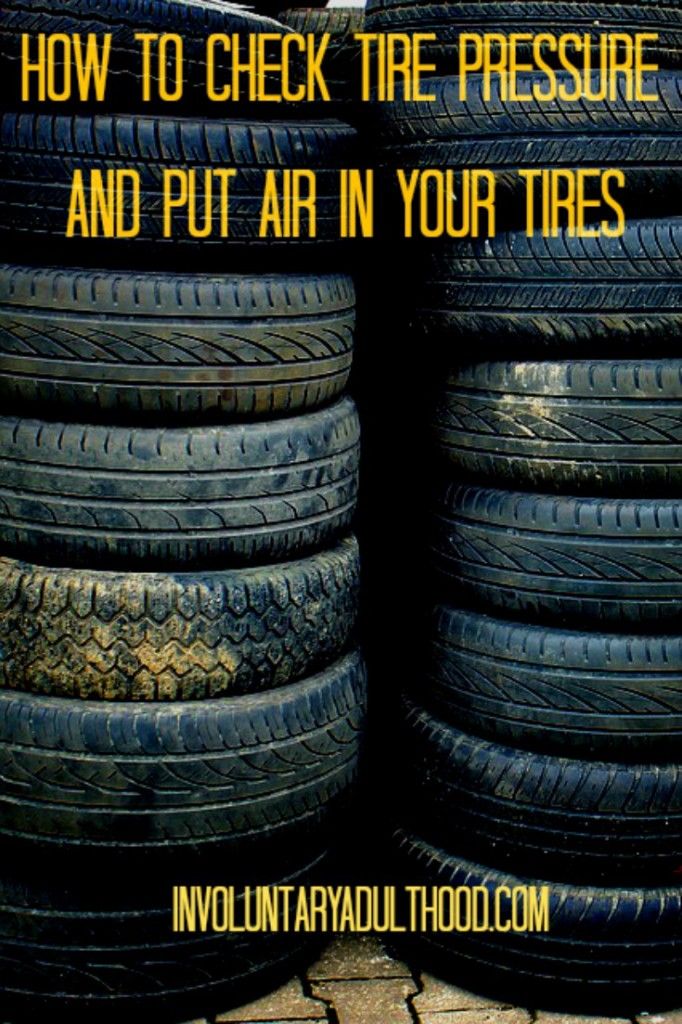
The manufacturer indicates all parameters of cold rubber inflation on the table on the motorcycle frame or in the user manual. They vary depending on the type of motorcycle, but, as a rule, the data varies between 2.0-2.5 atm for the front wheel and 2.2-2.9Atm for rear. If you plan to put another person on the bike, we recommend inflating the tires by 0.2 atm.
| Wheel size | Pressure, front/rear, kgf/cm2 (atm) | |
|---|---|---|
| Normal load | Full load | |
| 100/60-10 | 2.2/2.3 | 2.3/2.4 |
| 130/60-13 | 1.8/2.0 | 2.0/2.2 |
| 130/70-12 | 2.2/2.3 | 2.3/2.4 |
| 120/70-12 | 2.25/2.3 | 2.3/2.4 |
| 110/70-12 | 2. | 2.3/2.4 |
| 120/80-12 | 1.8/2.0 | 2.0/2.2 |
| 130/70-10 | 1.8/2.0 | 2.0/2.2 |
| 100/90-10 | 1.9/2.1 | 2.0/2.2 |
| 120/90-10 | 1.8/2.0 | 2.0/2.2 |
| 130/90-10 | 1.9/2.1 | 2.0/2.2 |
| 3.0×10 | 1.75/2.0 | 2.0/2.1 |
| 3.50×10 4PR | 2.5/2.5 | 2.6/2.6 |
Hot pressure depends on many factors up to the riding style of the rider, so they will have to be selected individually for each specific case:
To begin with, inflate the tires to 2-2.3 atm, given that for the rear tire the pressure should always be 0. 3 atm more than for the front.
3 atm more than for the front.
Ride at your normal pace for 10-15 minutes. The pressure in the rear and front tires should increase by an average of 0.2 atm.
Then use the pressure gauge again: if it shows a value within the normal range of cold pressure, then you have achieved your goal. If it is higher, then lower the wheels, if lower, pump up. Measure tire pressure and adjust the amount of air inside until you get the result.
If you notice a slight discomfort immediately after the start, this is normal. The rubber needs to warm up a little and after five minutes everything will return to normal.
If you overinflate your tyres, get ready for the contact patch to decrease, and with it the traction to deteriorate, the ride will become much stiffer, there will be a possibility of vibration, and the load on the suspension will also increase significantly. Riding in over-inflated tires on a wet road is quite dangerous, because due to the small contact area, the motorcycle will begin to skid in corners and brake poorly. The most unpleasant consequence will be a deterioration in strength and wear resistance. Motoshina can even explode when driving on hot asphalt - one pebble can cross out everything.
Increased tire pressure is used only in two cases: if there is another passenger on the motorcycle or during long high-speed races.
Under-inflated tires have their own list of problems: their contact patch may be larger, but due to its irregular shape, it wears out and deforms extremely quickly. Of the useful qualities of rubber, handling, maneuverability, directional stability and fuel consumption are seriously affected. In the end, if you do not correct the pressure in the motorcycle tires, everything will end with a cord detachment. If your motorcycle has wheels with chambered tires, then insufficient inflation of the chambers will sooner or later lead to accidental disassembly.
Riding on underinflated tires is practiced only on special enduro sports bikes for off-road stunts.
However, in order to calmly control a motorcycle, it is not enough just to set the correct tire pressure and calm down on this - we also recommend that you refer to the speed index table.
| Speed index | Maximum speed, km/h |
|---|---|
| A | 40 |
| B | 50 |
| C | 60 |
| 65 | |
| E | 70 |
| F | 80 |
| G | 90 |
| J | 100 |
| K | 110 |
| L | 120 |
| M | 130 |
| N | 140 |
| P | 150 |
| Q | 160 |
| R | 170 |
| S | 180 |
| T | 190 |
| U | 200 |
| H | 210 |
| V | 240 |
| W | 270 |
| Y | 300 |
| VR | >210 |
| ZR | >240 |
| (W) | >270 |
| Z | >300 |
Putting tires with a low speed index on high-speed motorcycles is prohibited - they may not cope with the capabilities of the motorcycle, which will not lead to anything good.